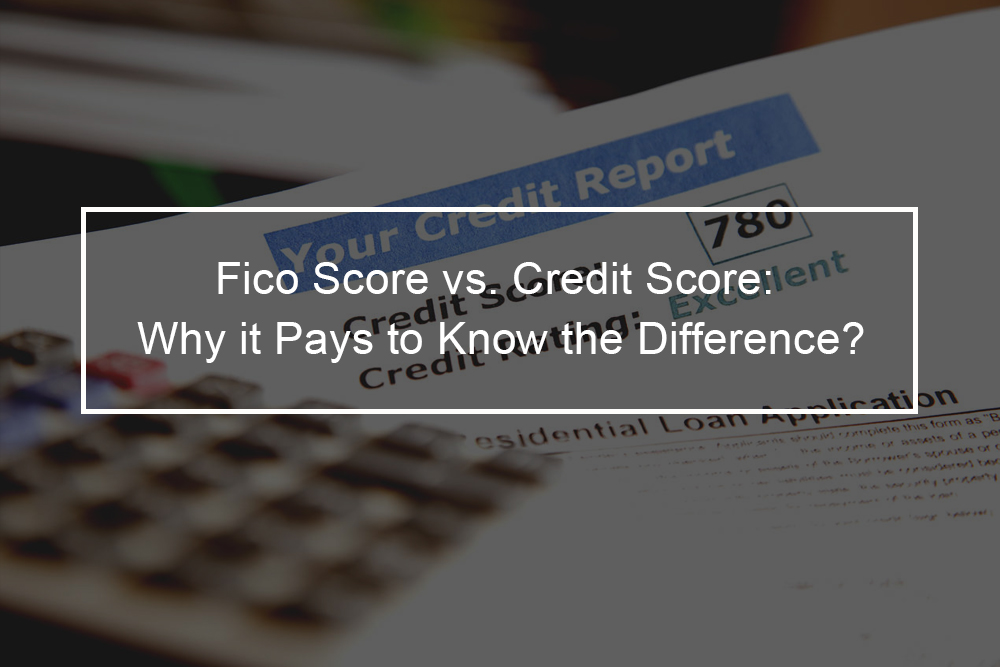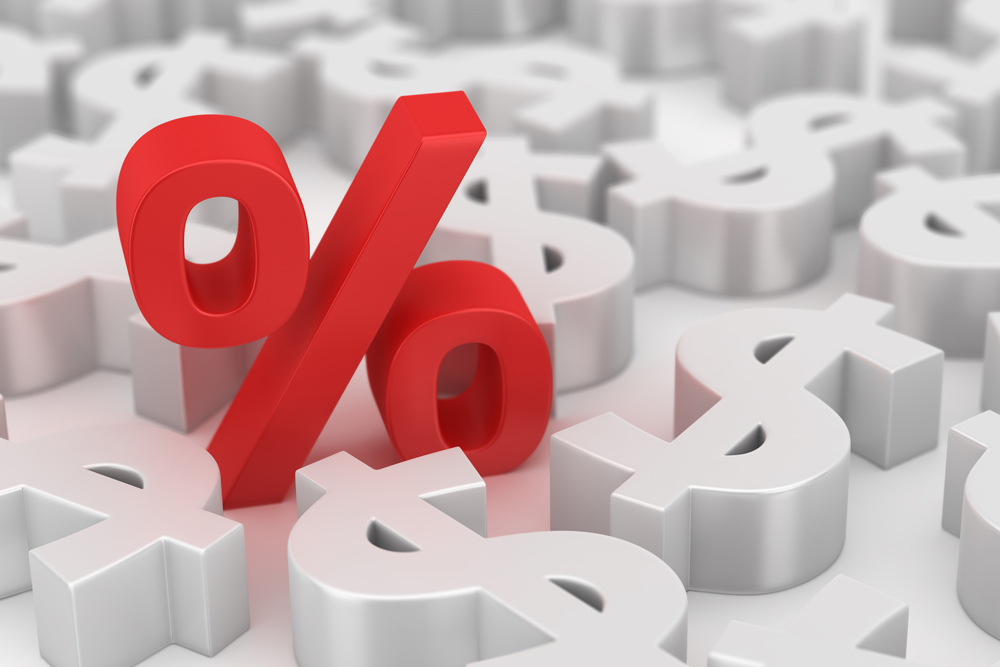
When it comes to FICO Scores versus credit scores, there are quite a lot of differences. Possibilities are when you apply for an auto loan, mortgage, credit card, or a new line of credit, the lender or bank is looking at your FICO Score.
Creditors know what they are getting when they assess a FICO Score. FICO Scores are trusted to be reliable and fair measures of if a person will pay back their loan on time. By using FICO Scores consistently, lenders take on less risk and get more balanced and faster to the credit you require and can manage.
In this post, we will detail the difference between the FICO Score and Credit Score and how those variables can affect your pursuit of good credit.
What is a credit score?
The general word credit score comprises many different models for calculating the three-digital number, ranging from 300-850, that defines your creditworthiness. Provided you have a good credit score, not only do you have a high chance of being approved for a new credit account with higher credit limits, but also you can qualify for better interest rates.
Details of your debt, such as your payment history, unused credit, debt load, and the different types of credit you have opened, are reported to the three major credit bureaus: Equifax, Experian, and TransUnion.
Once you have applied for a new credit card or loan, the lender can request your report on that data from one of the bureaus. Lastly, that data is run via an algorithm to determine your score.
Nonetheless, you should know that the three credit bureaus collect and store your data differently, so your credit history from each credit bureau can be different, resulting in a different overall score.
The credit scoring models
The VantageScore and FICO SCore models are the most popular provided to consumers and lenders. It is essential to note that which one is checked is based on the financial institution inquiring.
FICO Score
Generally ranging from 300 ( very bad credit) to 850 (exceptional credit score), the FICO model is the most popular credit score and is used by over ninety-percent of the top creditors in the country.
The Fair Isaac Corporation devised the FICO credit scoring model, and in 1995 the two biggest secondary mortgage organizations in the United States, Freddie Mac and Fannie Mae, started to use the model to examine if loan applicants were a credit risk.
There are many types of FICO Scores. FICO8 was established in 2009 and the broadest and most widely used by creditors. The other versions are slightly different based on what they are used for.
FICO Auto Score is especially for car loans. A FICO Bankcard Score is applied on credit card applications, and there is an updated version of the general aim FICO Score established in 2019, known as FICO9, even though most creditors are still using FICO8.
The FICO8 Score Ranges
- 800 to 850: Exceptional Credit score
- 740 to 799: Very Good Credit Score
- 670 to 739: Good Credit Score
- 580 to 669: Fair Credit Score
- 350 to 579: Very poor credit score
FICO guards closely how it calculates scores; however, knowing the weight given to every component can assist consumers in improving their scores.
What information goes to FICO8 Score?
- Credit mix- ten percent
- New Credit- ten percent
- Period of credit history- fifteen-percent
- The amount owed- thirty percent
- Payment history- thirty-five percent
Why does FICO Score matter?
Imagine a world where the creditor would use an entirely different method to decide whether to give you a loan. People would not know if they will be approved in one place and denied at another.
This was actually the situation not that long ago. There were all types of different ways that creditors would make decisions about extending credit (inclusive of data about a person’s address, gender, type of employment, among other things. People were frequently approved or denied depending on inconsistent and sometimes unfair data. This went until FICO was created in 1989 to help streamline the decision-making process for lenders and make the lending procedure more consistent and fairer for people like you.
How to get your FICO Score?
There are several options here. You can check your credit card statement since some issuers (Citibank, Discover, and Bank of America, for instance) provide their clients their FICO Scores per month for free. You can also obtain a free FICO Score from Experian at Freecreditscore.com.
However, you need to note that just because your Experian FICO Score indicates one thing, it does not mean it will be the same at the other two credit bureaus.
Vantage Score
Vantage is the other major credit scoring model, designed by the credit bureaus themselves in 2006 as an alternative to FICO. Like FICO, Vantage ranges from 300( bad credit score) to 850 (excellent credit score), and similar to FICO Score, there are many versions. Today, the standard is VantageScore 3.0, and it is used by several creditors, inclusive of credit issues, across the country.
The greatest difference is that with VantageScore, even though you have a very short credit report like one month, you can get a score and have better access to credit. With FICO, you will need six months for data to be visible to their algorithm. There are also slight variances in the ranges of credit scores.
The VantageScore 3.0 Ranges
- 720 to 850: Excellent credit score
- 690 to 720: Good Credit score
- 630 to 690: Fair credit
- 350 to 630: Poor credit
Similar to FICO8, weighted approximate signals show how certain essential factors are too calculating the Vantage Score 3.
What goes to VantageScore 3.0?
- Available credit- three-percent
- Recent credit- five percent
- Balances- eleven percent
- Utilization-twenty percent
- Depth of credit-twenty-one percent
- Payment history-forty-percent
Generally, payment history is the essential factor in both models, so if one thing you can prioritize, make sure you make payments on time.
How to get your VantageScore?
Similar to FICO, there are various ways of getting your VantageScore. The first method is through financial institutions. Many offer your credit score for free per month, inclusive of OneMain Financial, Capital One, Chase Bank (provided by TransUnion), and the United United States Bank 9provided by Experian.
If you would instead use the no-strings-attached trend, a good alternative is Credit Sesame, a monitoring and financial management instrument that provides you VantageScore 3.0 for free as offered by TransUnion.
Whereas most people’s VantageScore and FICO Scores are the same, that is not always the case. They can vary almost a hundred points all because of the differences in the models.
But as far as you keep up with at least one of the major credit scoring models, you should know approximately where you stand across the other models.
In conclusion, remember that all credit scores, including FICO and VantageScore, are grounded on similar credit scoring models. They all evaluate the credit utilization ratio, credit mix, payment history, and credit history.
If you have never used credit before or have used it irresponsibly, your credit scores will be low or non-existent. A great move to build your credit from the ground up is with responsible use of a credit card, credit-builder, and secured credit card.
For those of you merely searching for a boost, here are some ways you can improve your credit score:
- Make your payments on time: Above all else, always pay your bills on time. Late payments are incredibly harmful to your credit scores. To avoid making your payments late, set up automatic bill payments.
- Lower your credit utilization ratio: You can spend less, pay off a credit card with a personal loan and request your credit company to raise the credit limit on your current cards. Simply make sure you are responsible for these modifications, and avoid spending more money than you did before.
- Keep your credit cards open: Closing a credit card will increase your credit utilization and eventually decrease the length of your credit report- both of which will lower your credit scores. Not unless you are paying an annual fee, keep old cards open (even though you never use them).
Credit scores impact all areas of your life. A poor credit score can haunt you by making it hard to rent an apartment, land a job, or get an affordable mortgage. Even though you are eligible for a loan, your interest rates will be higher than if you had a good credit score.
On the contrary, good credit scores open all kinds of doors. You will only find it simpler to borrow money when you need it and qualify for lucrative credit card offers with a good credit score.











